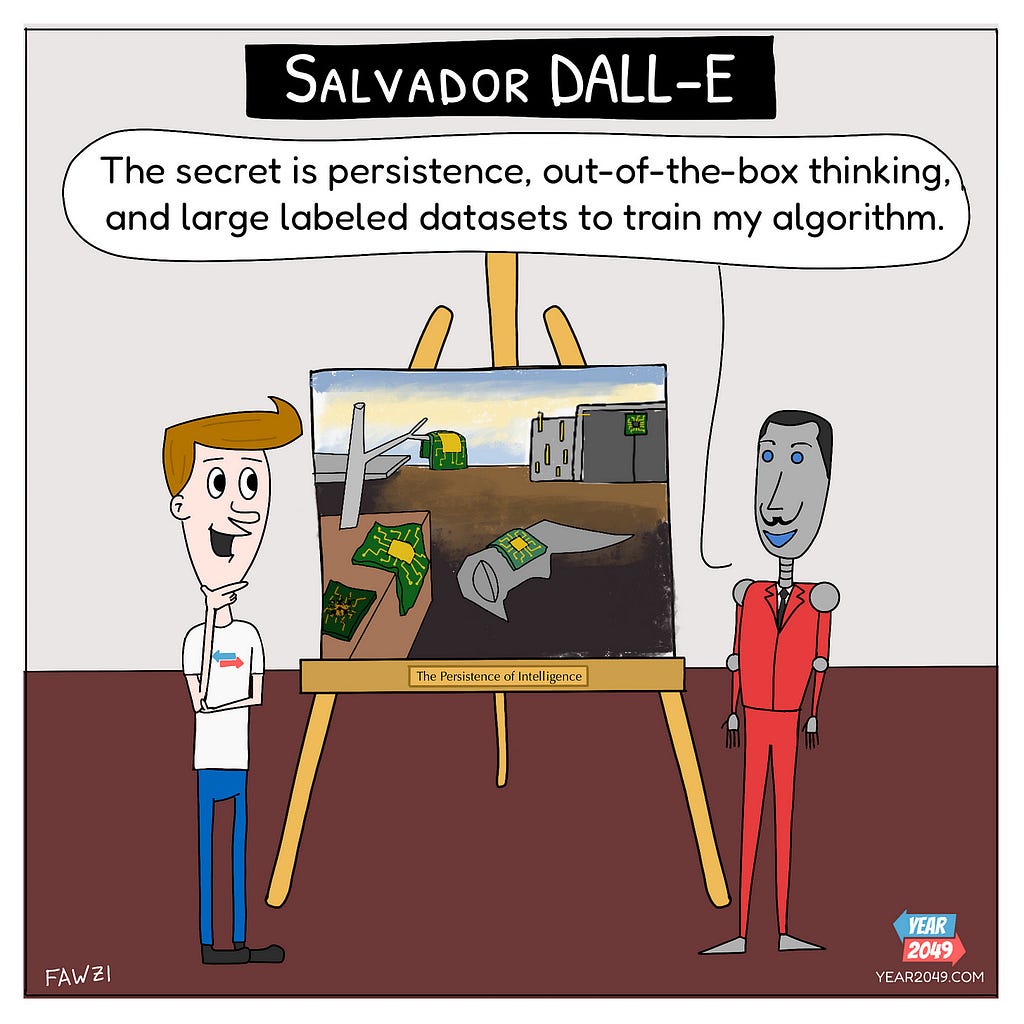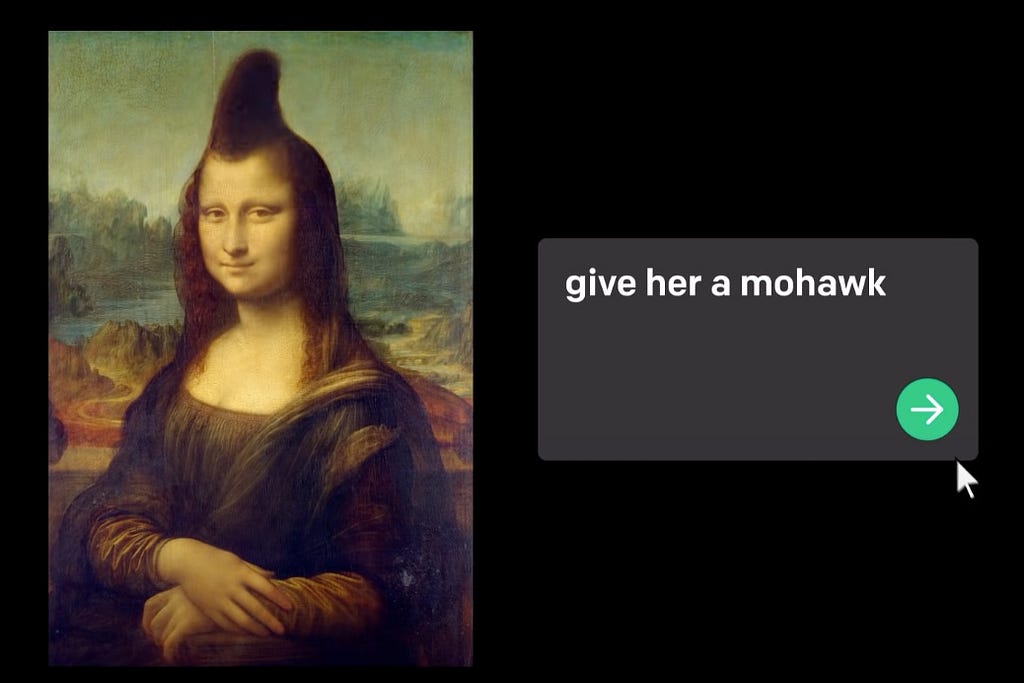Exploring solutions and challenges for the controversial debate about AI art

It’s been less than a year since DALLE•2 was released and blew our minds away with the variety of art it could generate from a simple yet descriptive prompt. Other tools like Midjourney and Stable Diffusion quickly followed.

The initial stages of excitement were quickly replaced by concerns about the inventiveness of AI-generated art. Were these AI systems creating original art? Or were they copying other artists?
Artists’ concerns over the past year materialized into a class action lawsuit filed against Midjourney, Stability AI, and DeviantArt. The suit alleges copyright infringement, unfair competition, breach of terms of service, and more.
I’m not a legal expert, so I can’t weigh in on each of these claims.
Technically, these AI tools generate new images, pixel by pixel, every time someone uses them. But the problem is that these models were trained on datasets containing images and art found online without artists’ consent.
For example, Midjourney and Stable Diffusion were trained on a dataset with 5 billion images containing work from artists without their permission.
Should artists and designers be compensated?
I have some ideas on how it can happen. Perfect solutions don’t exist, but I hope this creates a discussion regarding the future of AI-generated art. Once you’re done reading, share your thoughts in the comments.
Introducing: ArtFair
To present my ideas, I’ll describe them using a fictional AI image generator called ArtFair.

Training
Let’s start from the beginning: training the AI model behind ArtFair.
Unlike other AI art tools, ArtFair will pay artists a one-time licensing fee for each image they use to train the model. This will be an expensive upfront cost for ArtFair, but it’ll create an incentive for all artists to sell their art to them. And it benefits both parties:
- Artists can make money from the portfolio of art they’ve built over their careers, which no longer generates income for them.
- ArtFair will have the legal right to use the images without worrying about lawsuits that could lead to hefty legal fees, settlements, and/or fines.
Revenue Sharing
ArtFair will generate revenue by selling credits to users, just like current tools. To keep things simple, let’s assume:
- 1 credit = 1 image
- 10 credits = $1
So, if I wanted 10 AI-generated images, I would pay $1.
Revenue from credits will be split 50/50 between the platform and its artists. The 50% for artists will be distributed based on how much art they contributed to training ArtFair’s AI.
For example, if Samantha contributed 30 images to train the model and George only contributed 5, she would get a higher share of the revenue from credits sold on ArtFair. This incentivizes artists to sell more art to the platform since they will be rewarded accordingly.
This creates another positive growth loop that benefits both ArtFair and artists:
- Artists get paid a one-time fee for images they contribute to ArtFair’s training dataset and receive additional royalties based on how much art they contributed.
- ArtFair uses those images to train and improve its AI image generator, attracting more users who will become loyal to the platform.
- Attracting more users leads to more credits being sold, giving ArtFair and artists more money.
One more thing…
I’ve proposed a way to align the incentives between ArtFair and artists, but there’s one more opportunity.
AI-generated art doesn’t always look great, but it can be a starting point for getting ideas on the art we need. Some people will want higher quality art or a more consistent look across multiple images they generate.
Here’s a portrait I generated using AI. I love everything about it, like the colours and art style, but the extra shoulder ruins it:

Imagine you wanted to create an illustrated children’s book. You could use ArtFair to generate your initial concepts, ideas, and storyboards for the book you want to create.
ArtFair could then provide recommendations of artists that match your desired art style. This is possible since each image that ArtFair is trained on is associated with a specific artist, who will have a profile on the platform.

You could contact the artist and share the (imperfect) AI-generated art you created for your book. The artist would use your rough art as a guide to creating the polished art you want with all the details you need: characters, scenes, colours, and style.
So, ArtFair can become a source of passive income for artists (through the 50/50 revenue share from credits) and a lead-generation tool to find clients willing to pay for higher-quality, professional art.
Challenges: where ArtFair falls short
Everything I’ve said so far painted an idealistic version of how an AI tool like ArtFair could pay artists for their work.
But, it’s important to highlight the challenges and complexities of such an approach:
Challenge #1: Licensing images for training
Midjourney and Stable Diffusion were trained on 5 billion images.
Even if ArtFair only had to pay for a fraction of those images, the bill would be huge. I don’t doubt that big tech companies and VC-backed startups can find the money to do so.
AI art tools are here to stay, and they’re already becoming a staple of our online toolkit. This significant upfront investment will be worth the payoff as the industry consolidates in upcoming years.
The other side of the coin is that artists may need to sell themselves short to contribute to ArtFair’s training dataset.
Challenge #2: The potential mismatch between value and demand
I mentioned that ArtFair would distribute 50% of the revenue it generated from credits. Each artist would get a sum based on how many images they contributed to training ArtFair’s AI.
But, the flaw in this approach is that images with different art styles have different demand. For example, 3D art might be a more popular category than oil paintings.
Using the Samantha and George example again, assume:
- Samantha contributed 30 images of her oil paintings
- George contributed 5 images of his 3D art
- The 3D art style is significantly more in demand on ArtFair than oil paintings, which generates more revenue from credits
So, shouldn’t George get a higher share of returns because he contributed to a higher-demand category? If so, what’s the right way to compensate everyone fairly?
Final thoughts
I admit that the idea behind ArtFair is optimistic and idealistic. Whether a platform like it will ever exist will depend on the outcome of the lawsuits we’re seeing today. If AI tools avoid penalties or repercussions, they’ll keep doing what they’re doing.
But, if they lose the case, a business model like ArtFair’s won’t be out of the question.
Or… these companies will hire “art farms” according to someone in the industry who commented on one of my recent videos:

Oh well… 🙃
Further reading:
- ShutterStock is planning on paying artists, designers, and photographers to use their work as training data (The Verge)
- GettyImages is suing AI art tools (CNN)
If you enjoyed this post, I write about technologies, innovations, and ideas shaping the future in my weekly newsletter.
What if AI tools paid artists? was originally published in UX Collective on Medium, where people are continuing the conversation by highlighting and responding to this story.